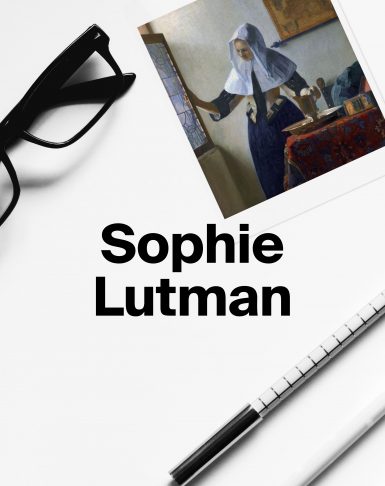This article originally appeared in Startups Magazine.
How, when people are inundated with so much information and forced to make decisions more quickly, can a brand cut through the noise? For one, a strong visual identity can help. But what exactly is a brand visual identity, and how can it be developed?
Here I explain and offer my top tips for creating a visual identity that future-proofs your brand and helps you stand out from the crowd.
How does uncovering visual identity help brands stand out?
Simply put, visual identity is how an organization presents itself to the world. Of course, it is somewhat more complex than this, especially when we consider the difference between visual identity and brand identity. The latter is how product design, employee relations and audience targeting contribute to how a brand presents itself.
Your visual identity is the combination of a set of visual and graphic elements, which can support the perception of your organization. This can include components such as a logo, a color palette and typography. It is the externally facing and visual aspect of your brand.
In order to develop a striking visual identity, it must be built on a solid foundation, purpose.
Building from purpose
Purpose does not exist in a vacuum but runs throughout your entire organization. It is your core truth and your guiding light. Activated correctly, it will help stakeholders within the company make quick decisions more efficiently on both a large and small scale. Your purpose will also give your customers a sense of who you are and what you stand for and allow like-minded people to align with your brand, potentially creating brand advocates.
We uncover and amplify purpose through simplicity and find it a highly effective tool in developing a brand. Some of the most successful brands have utilized simplicity. Think of Nike, Apple, and Coca-Cola. Brands today are stretched in many directions and now must flex to cover all channels, making it very easy to become overly complex. Keeping it simple allows your brand the best chance of high brand recall with customers.
Developing a purpose-led strategy allows you to create a single-minded framework upon which you can grow your visual identity.
Developing the core of your brand visual identity
Form a creative platform
Develop a creative platform from which your brand can grow. Here, all elements of your visual identity can live and remain unified. Although identifying fundamental pillars of the organization’s work, such as character, ethics or ambition can help form your creative platform, we find developing a single word or phrase can capture your core truth. By formulating a simplified version, you can ensure all facets of the brand identity align with the purpose and character of the organization.
Stand out
When identifying your core truth, it is vital to understand what differentiates your organization from others. Even a tiny change can have a considerable impact. That authentic core truth that speaks to the personality and aspirations that are specific to your brand can help you stand out from the crowd.
Let it grow
Once you establish your creative platform, you can then bring it to life. As well as being the quickest way to deliver your message to your audience, visual communication can generate impact by putting your brand center stage. Based on your strategic thinking, your design can ensure perceptions are aligned with your organization’s identity and pull your purpose into all aspects of design.
Amplifying what’s powerful
Now that you have identified your core truth and established the basis of your visual identity you can begin to amplify that message. How your brand will be perceived is dependent on many things, one of which is how it is conveyed. If your purpose is authentic and solidified across the organization, as well as guiding decision-making for all stakeholders, and allowing employees and customers to align with your values, it will also help you determine which conversations you should (and should not) be a part of. This will also help to inform the visual identity.
When developing the visual identity, it’s essential to ensure you follow a fixed and flexible approach. Through this method, assets can act as a solid foundation assuring the brand is recognizable while also being playful and energetic, narrating a story balanced between familiarity and adventure.
An example of a brand executing the fixed and flexible principle well is the red and white of Coca-Cola. Instantly recognizable, having been used since the brand’s inception, the identity is flexible enough to act as a foundation for a wealth of different campaigns, sub-brands and continuous brand evolution.
Reaping the rewards
Perceptions are difficult to change. This is especially true for established organizations. In this instance, an evolution of visual identity can be an incredibly powerful card to play.
When you have uncovered your purpose and implemented it across your organization, your visual identity is then ready to tell your brand’s story. Carve a definitive path in your market and stand out from competitors. Amplify the message that represents your organization and its values. Underpin everything with simplicity. Your renewed sense of purpose and direction will be something your customers and employees can all get behind. You will have a consistent brand that is pertinent and authentic across all touchpoints.
Sophie Lutman is Executive Creative Director, EMEA



